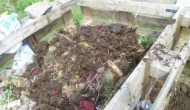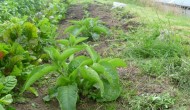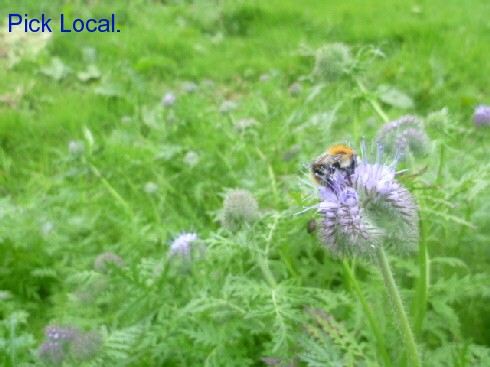Called out to have a look at the plot today.There are some female flowers on one of the plants.There is a miniature pumpkin at the base of the female flower.

Female Flower
However on this plant there are no male flowers.The male flowers have no miniature pumpkin at its base.The male flowers usually appear before the female ones so as to attract bees to the plant and to get them into the habit of coming to the plant.

The reason for all of this is for the bees to bring some pollen from the male flower to the female flower so that the miniature pumpkin can grow to a much larger one.This is called pollination.

Pull of petals from male flower.
You can help in pollination by locating a male flower, pulling it of the plant and pulling away the petals.Locate a female flower on another plant and gently rub the top of the male flower into the centre of the female flower so as to transfer the pollen between the flowers.

It’s best to do this when the flowers are dry.
The green manure is starting to come on …..

as well as the weeds ……..
but the flowers for the bees are coming on slowly…..

So if your out in the plot don’t forget to look out for the pumpkin flowers, do some pollination, pick the weeds and have a look out for the green manure and try not to step on it! Over time the green manure will cover the weeds and block the sunlight and hopefully kill most of the weeds.






























